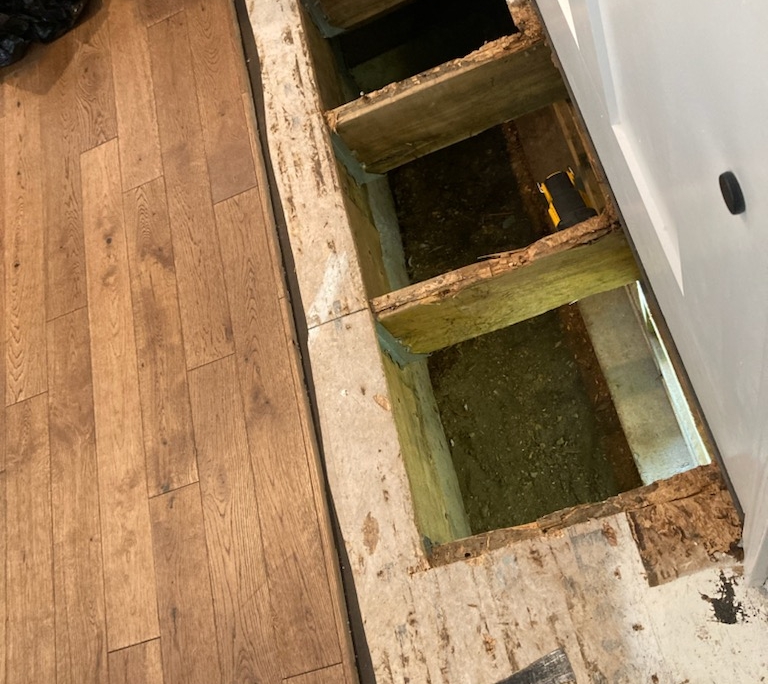Some Pros and Cons of Fiberglass Insulation
Greenstamp is best known for spray foam insulation, but as building envelope and insulation specialists, we know the pros and cons of all types of insulation.
Fiberglass insulation is a popular option for insulating homes. It’s affordable and relatively quick and easy to install. Three key benefits of fiberglass insulation include:
- Energy Efficient: Helps reduce heating and cooling costs by 40%-50%, but if not installed by a professional, it can lose effectiveness over time
- Fire Retardant: Poses little to no fire hazard as it is made from recycled glass and sand
- Noise Dampening: Reduces noise due to it’s a natural sound-dampening properties
Fiberglass insulation also has its downsides, especially if it’s not installed by a professional. Some cons include:
- Coverage: Standard, pre-cut pieces, or batts, can be difficult to install, especially in oddly-shaped, small, and hard-to-access areas
- Air Tightness: Often, another type of insulation, like spray foam, is needed to make fiberglass more effective against air leaks
- Moisture & Mold: Unless a moisture barrier is installed, such as spray foam insulation, fiberglass material can absorb and hold moisture which could lead to mold and mildew problems
The Greenstamp team is happy to discuss your insulation needs to give you the best options for your project and budget. Contact us.









